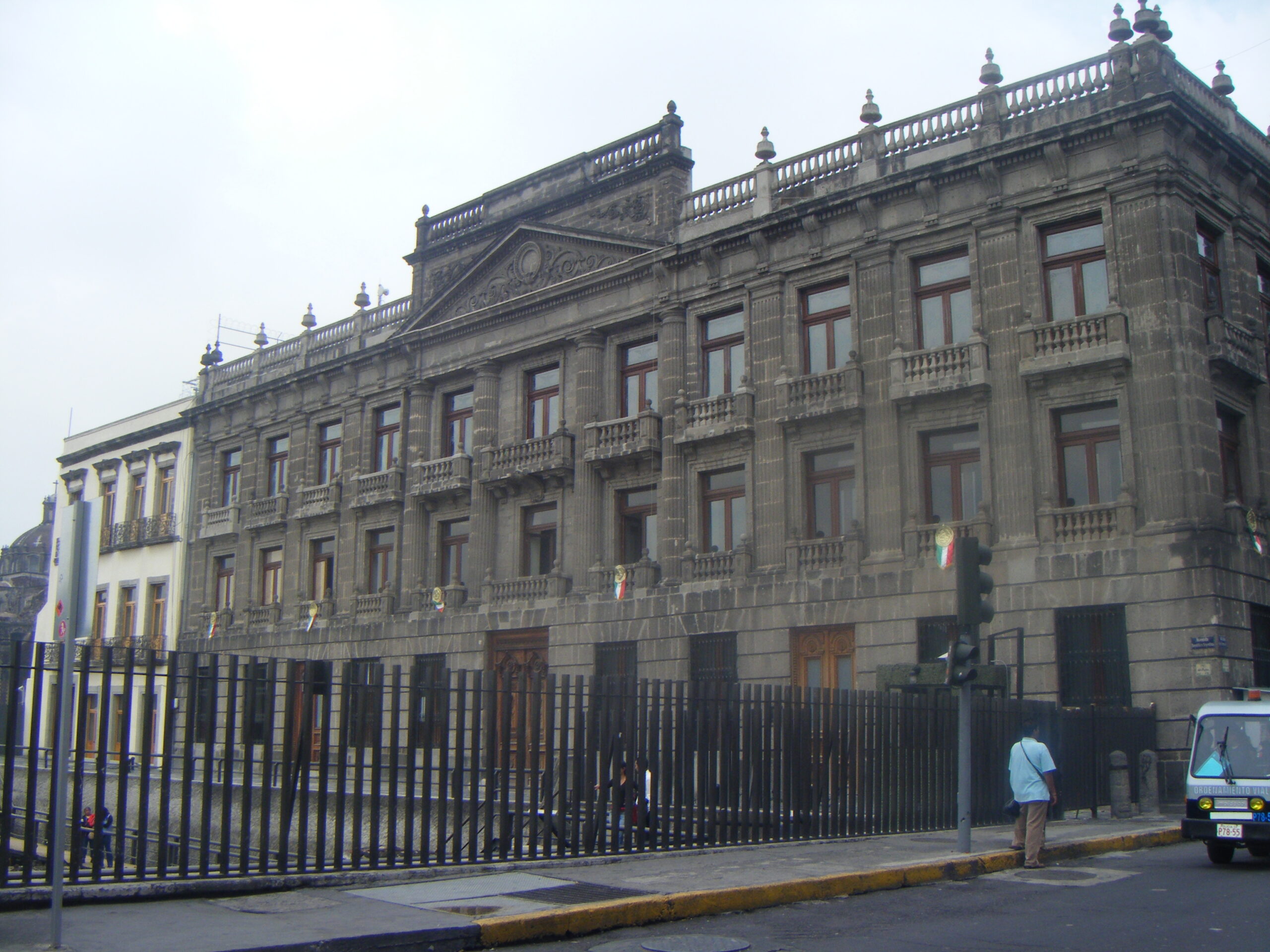INAH in the Tren Maya Project
Introduction
The Tren Maya is a large-scale infrastructure project in Mexico aimed at promoting tourism and economic development in the southern region of the country. The Instituto Nacional de Antropología e Historia (INAH) plays a crucial role in this project by ensuring the preservation and protection of the rich cultural and historical heritage along the route.
Preserving Cultural Heritage
INAH’s main responsibility in the Tren Maya project is to conduct thorough archaeological surveys along the proposed railway route. These surveys help identify and document any cultural artifacts or historical sites that may be affected by the construction. By doing so, INAH ensures that these important elements of Mexico’s history are preserved and integrated into the project’s development plans.
Collaboration with Local Communities
INAH also works closely with local communities living near the Tren Maya route. Through community engagement programs, INAH seeks to involve local residents in the preservation efforts and raise awareness about the importance of their cultural heritage. This collaboration ensures that the project respects and benefits the local communities, rather than causing any harm or displacement.
Sustainable Development
Another crucial aspect of INAH’s involvement in the Tren Maya project is promoting sustainable development. By conducting environmental impact assessments, INAH helps minimize any negative consequences on the natural ecosystems along the railway route. Additionally, INAH collaborates with other organizations to develop sustainable tourism practices that benefit the local communities and protect the environment.
Training and Research
INAH also focuses on training and research initiatives related to the Tren Maya project. Through workshops and educational programs, INAH provides training opportunities for local communities, archaeologists, and historians. This knowledge exchange contributes to a better understanding and appreciation of the region’s cultural heritage, fostering long-term preservation efforts.
Conclusion
The Instituto Nacional de Antropología e Historia (INAH) plays a critical role in the Tren Maya project, ensuring the preservation of Mexico’s cultural and historical heritage. Through archaeological surveys, community engagement, sustainable development practices, and training initiatives, INAH contributes to the project’s success while safeguarding the region’s unique cultural identity. The Tren Maya project serves as an example of how infrastructure development can be done in a way that respects and preserves a country’s rich history and traditions.
